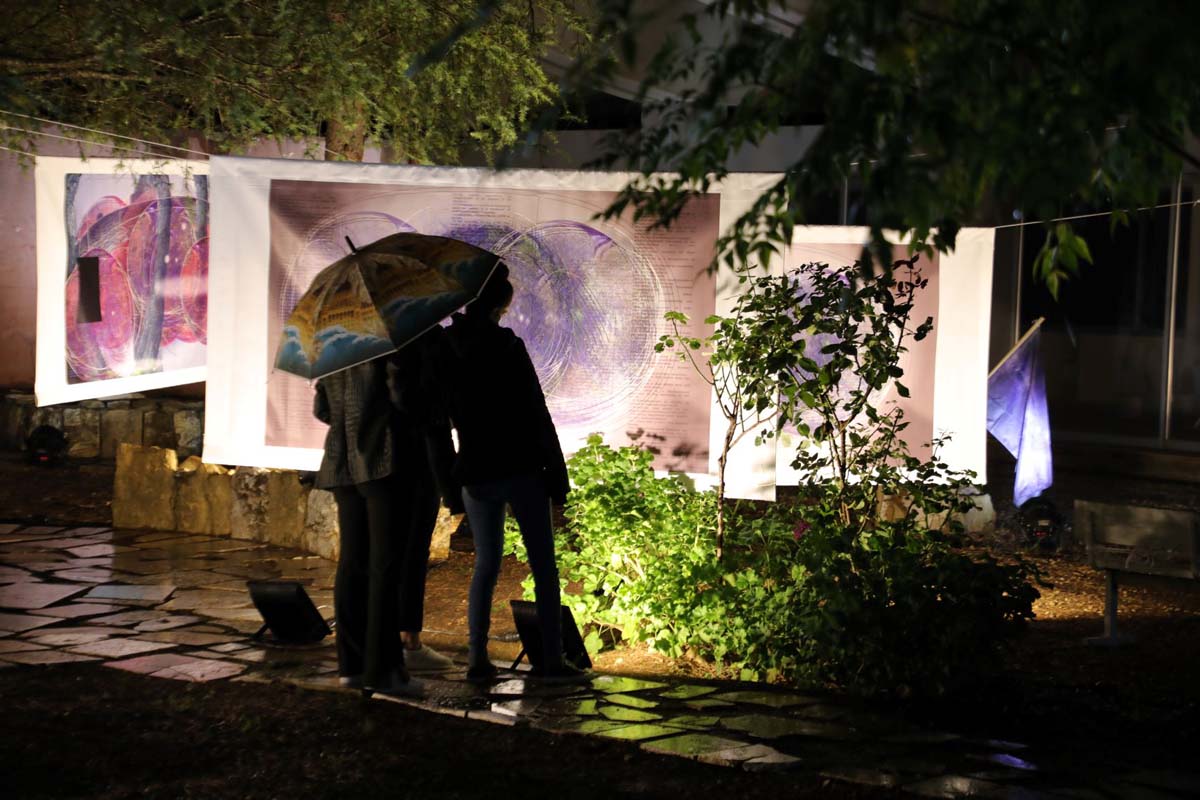Spain has greatly contributed to western culture and is home to some of the most famous artists in history of art. From El Greco to Goya to Picasso and Dali, Spanish artists have changed the way we see art through their bold, thought-provoking and often disturbing artwork that is often rooted in their culture.
Pablo Picasso (1881 – 1973)

Art is a lie that makes us realize truth.
Demonstrating extraordinary artistic talent in his early years, Pablo Picasso went on to become the most influential artist of the 20th century. He broke the practices of the past and co-pioneered the art movement Cubism that revolutionized European painting and sculpture. His style changed over the course of his career as he experimented with different theories, techniques and ideas. Picasso was a prolific artist and, apart from creating a large volume of work in other media, he made around 1900 paintings in his long career. No artist has been as famous as him during his lifetime. Several of his paintings are among the most expensive ever sold but his most famous works are generally held by museums. Pablo Picasso is undoubtedly the most famous Spanish artist and many regard him as the greatest painter of all time.

In 1937, Picasso expressed his outrage against war with Guernica, his enormous mural-sized painting displayed to millions of visitors at the Paris World’s Fair. It has since become the twentieth century’s most powerful indictment against war, a painting that still feels intensely relevant today. Later, in the 1940s, when Paris was occupied by the Germans, a Nazi officer visited Picasso’s studio. “Did you do that?” he is said to have asked Picasso while standing in front of a photograph of the painting. “No,” Picasso replied, “you did.”
Other most famous Picasso’s paintings include “Les Demoiselles d’Avignon”, “The Old Guitarist”, ‘Girl Before a Mirror’ and ‘The Weeping Woman’

Salvador Dalí

Every morning when I wake up, I experience an exquisite joy —the joy of being Salvador Dalí— and I ask myself in rapture: What wonderful things is this Salvador Dalí going to accomplish today?
Salvador Dali was one of the most prolific and versatile artists of the 20th century. He was a painter, filmmaker, writer, and a sculptor. Salvador is considered the greatest Surrealist artist. He used bizarre dream images to create amazing landscapes of his inner world. Dali was born in 1904 in Figueres and studied arts in Madrid where he experimented with Dadaism and Cubism. He was expelled from his class because he thought the faculty members were not competent enough to administer his final exam. He then moved to Paris where he teamed up with Picasso and soon developed an interest in surrealist art. One of his most famous paintings is Persistence of Memory, a painting of melting clocks.

Visit the dali Museum thedali.org
Joan Miró (1893-1983)

try to apply colors like words that shape poems, like notes that shape music.
Persistent experimentation and a lifelong flirtation with non-objectivity stamped Joan Miró’s magnificent mark on the art world. His canvas represented a sandbox for his subconscious mind, out from which sprang a vigorous lust for the childlike and a manifestation of his Catalan pride. His signature pictorial signs, biomorphic forms, geometric shapes, and abstracted and semi-abstracted objects helped inform a relentlessly original oeuvre in multiple media from ceramics and engravings to large bronze installations. His radically, inventive style was a critical contributor to the early-20th-century avant-garde’s journey toward increasing and then complete abstraction.

A dramatically tilted picture plane presents the viewer with a glimpse of a busy Spanish masia or “family farm.” Miró wrote of this work, “The Farm was a résumé of my entire life in the country. I wanted to put everything I loved about the country into that canvas-from a huge tree to a tiny snail.”
Visit the museum dedicated to his work Fundació Joan Miró, that was established in Barcelona in 1975 www.fmirobcn.org
Diego Velazquez (1599-1660)

I would rather be the first painter of common things than second in higher art.
Diego Velazquez is described as the painter of painters and is best known for his portraits. Diego was a member of King Philips IV’s royal court where he painted portraits of members of the court and other nobles, earning him admiration across the country. Velazquez also produced paintings that depicted historical and cultural events. One of his well-known paintings is Las Meninas, a portrait of king’s young daughters and himself in the act of painting. He died in 1660 in Madrid. Most of his paintings can be found in Prado, Madrid, and also in other museums in New York, Sao Paulo, and London.

Las Meninas is an oil painting by the Spanish painter Diego Velázquez. The painting hangs in the Museo del Prado in Madrid, the capital of Spain. It was painted in 1656. The word “Menina” means “lady-in-waiting” or “Maid of Honour”, i.e. a girl who serves in a royal court.
Francisco Goya (1746-1828)

Fantasy, abandoned by reason, produces impossible monsters; united with it, she is the mother of the arts and the origin of marvels.
Francisco de Goya was a prominent painter of the Spanish Royal Family. Born in 1746, he is often considered the last of the “Old Master” painters and the first of the modern masters. Goya studied art in Madrid but spent his time in Italy before returning to Spain and joining the royal family. He painted several portraits of the royal family and other nobles.

Oil on canvas, 268 x 347 cm
Museo del Prado, Madrid
One of his most famous work is The Third of May 1808, depicting the killing of the Spanish fighters by Napoleon’s army during the 1808 French Occupation. Goya later became deaf from an illness. His work later became progressively pessimistic, with his paintings reflecting his bleak outlook. His paintings also reflected social and political issues. Goya’s most famous works can be seen in the Prado Museum in Madrid.



